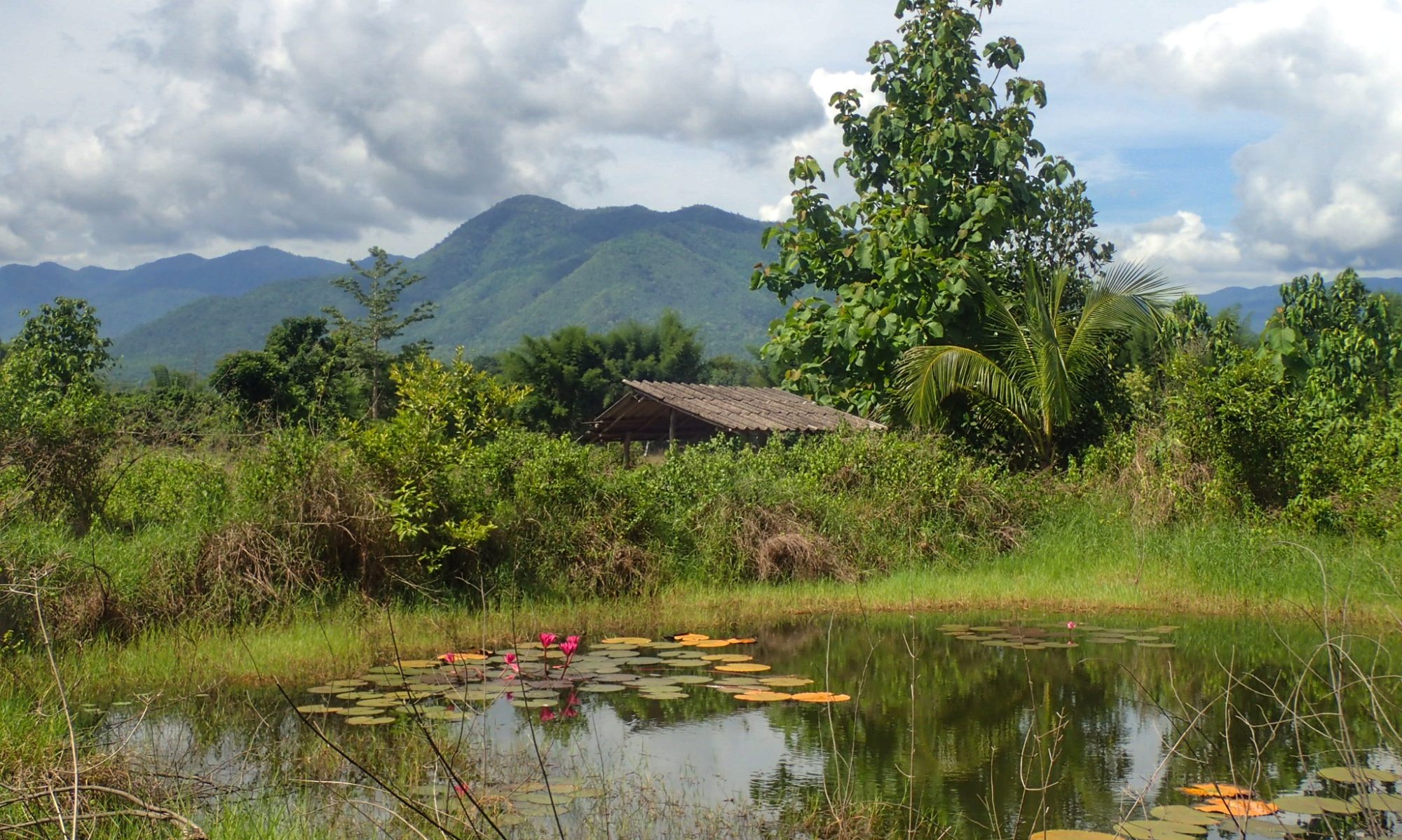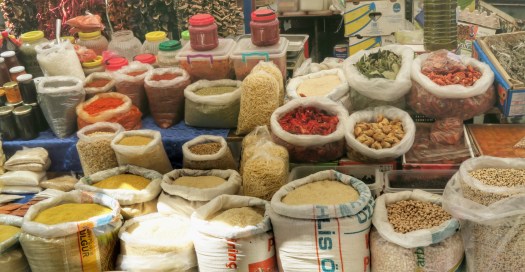Date: 2017-10-04
Start: Agios Nikolaus
End: Tsoutsouros
Distance (km): 92
Climbing (m): 1100
Route description: E090, then Epar.Od. Ierapetras-Pachias Ammou to Ierapetra, then coastal road to Tsoutsouros
Road condition & traffic: Overall traffic was very light, though heavy getting out of Agios Nikolaus. Almost no traffic along the south coastal road. Road was in great condition except for small sections of the south coastal road that was short stretches of gravel, rough concrete, or patched asphalt.
Weather: Sunny 21-31C, strong wind from the North
Stops: Ierapetra for lunch at a small place near the water for souvlaki pitas
Accomodation: San Georgio’s Hotel 25€
Notes: An incredible day of cycle touring, though the hills were a bit steeper than expected on the south coast (14-15% grades in places), and we had to walk some of them.
We found a cafe for a morning espresso and checked out. I asked the hotel manager about riding along the south coast, and he confirmed that there is a road following the coast all the way from Ierapetra to Tsoutsouros that we could use. I had originally thought we’d have to go inland from Myrtos and then come back out to the coast around Keratokampos. So I updated the route on my phone and GPS and found that it meant 200m less climbing, sweet!
We stopped in Ierapetra for lunch and asked a woman who was selling boat rides where to get the best souvlaki. She pointed to the place next to her and said it’s the best because the meat is fresh. So we gave it a try, avoiding the more touristy options overlooking the water. The souvlaki pita was good, and the tirokafteri was okay and for 11€ for two of us, quite a good price. Washed it down with a can of Alfa beer, and chatted with the woman a bit more. She’s from Romania and comes to Crete to work during season to sell boat tours of the nearby islands. She said it’s off-season now, so she mainly just gives advice to tourists walking around like us, and she has taught herself 5 or 6 languages! Indeed, we heard her speaking better French than me to a French couple walking by. This winter, she’s looking forward to reading more books in different languages to improve her skills. We told her about our trip, and she said “Bravo!” and said it was nice to see that we’d also given up the traditional life for one much more enjoyable on the road.
After lunch, we rode out of town, and I was surprised how industrialized the area was west of Ierapetra, with lots of businesses and greenhouses scattered along the landscape and lots of garbage along the road, which we haven’t seen anywhere else in the Greek islands. As we got further from the city, it became cleaner and less industrial, but the greenhouses continued all the way along the coast.
We passed a few small fishing villages and resort towns, some beaches with a handful of people, some deserted beaches, and a scattering of nudist beaches. Now this is the kind of quiet beach life we’ve been looking for! The road continued with some very steep 100m-200m climbs. With all the time off the bike, these took a lot out of us, and we started talking about maybe a rest day the next day if the Tsoutsouros lived up to our expectations.
When we’d asked a few locals about Tsoutsouros, the react varied from “meh” to an unconvincing, “yeah it’s nice”. It was described as a small fishing village with a decent beach, which sounded perfect to us, as it would be quiet.
When we arrived, it was exactly as we’d envisioned it, and since it was off-season, we had the pick of pretty much any hotel on the shoreline, many with ocean view rooms still available. We settled on San Gregorio’s and the owner of Taverna Anna next-door greeted us and called out the owner, Niko, of the hotel, who showed us a room with a partial sea view and agreed to let us put the bikes on our private balcony. And just 25€ per night, 10€ less than advertised online! Perfect! He offered us some appetizers and we had some beers overlooking the ocean, and he told us about his time in the navy stationed in our home town of San Diego in the 90s.
Later, he said he was making dinner for his family and that he would make it for us if we’d like, so we enjoyed a local meal of stuffed peppers, bitter greens, and tzatziki, along with some ouzo that I drank too much of! So with my hangover the next morning, we decided to stay an extra night and lounge by the beach!



























































































































